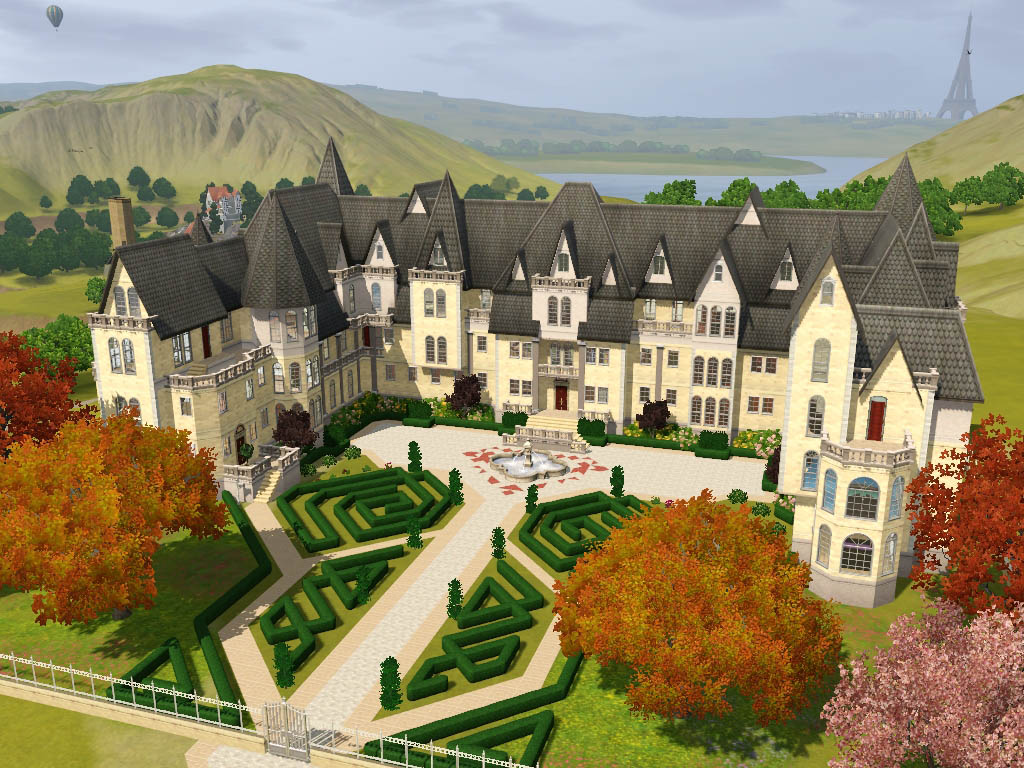

You can hover the cursor over any item to see its cost. The item will turn gray again, and can then be sold in Buy Mode or used by the family or whatever. If you ever wish to unmark something for sale, just click it again in this mode. Immediately marking something for sale stops the natural price depreciation, which means any item you sell will not drop in price before it's sold. Note that if you use an item before marking it for sale, its price drops dramatically. See how it turns yellow? This means it's now set for sale. For now, leave it on "Average," which is a 15% markup. This allows you to set a percentage-based markup by clicking the sections, and the face changes from very happy to very ticked off depending on how expensive you set it. Now, you'll notice on the BCP that a new page opened up in the BCP with a smiley face and a semi-circle around it made up of several sections. Don't worry, this is all going according to plan. Clicking it will turn the cursor into a little arrow with a price tag, and almost every item on the lot fades to a dark black. That's the button with a price tag, remember. Next, we click the Mark For Sale button in the BCP. She then plops it unceremoniously on the grass. Useful for starting businesses when you don't have much, this method lets you pick exactly what items to flag for sale.įirst, Jillian accesses Buy Mode here, and purchases her first leg lift machine. There are several ways we can do this, and we'll go through all of them. So Jillian will specialize in exercise equipment, with the goal of (eventually) moving to a community lot so she can start really making the cash.Īll right, now it's time to start stocking the floor. If we lay down six of those, we'll have spent $5400. The most basic exercise equipment, the leg lift machine, is only $900.

That will give her roughly $2000 left, plenty to survive on if business gets slow. As such, she decides to sink around $5000 into shop stock. Markups are percentage-based, which means that the more expensive the item, the more profit you gain. With about $7000 spare, she can afford quite a variety of items. Now, she must decide what she wants to sell. She's got a small bit of grass next to her apartment where she's already set up a cash register. Kelly still has insane amounts of cash, but Jillian didn't feel like living in the same house.) Jillian has already locked the front door to everyone but the household: her apartment is tiny, and customers would get in the way. (She is, for all monetary purposes, a first-generation Sim. Okay, so she's started up her business as a home business because, let's face it, she's poor. May as well have her do something now, huh? (Let it never be said that my Sims guides lack continuity.) I put her through college at some point between University and Nightlife, and she's been chilling in the Sim Bin since graduation.

Our star this time around is Jillian National, daughter of Kelly from the original guide. Time to start in on the classic PyroFalkon-classic (and now IGN-classic) screenshots and cast. Now, it's time to figure out what you want to sell. Plop that on the counter, and you're good to go. Then, head into Electronics > Miscellaneous, and buy one of the two cash register types. Pick one of a nice style (doesn't matter whether it's an island or a regular counter), and place it somewhere. You need a counter cash registers cannot be placed on dining tables, coffee tables, or anything else.

Go into Buy Mode, and head to the Surfaces sort. No matter what you sell, you need a cash register before you do anything else. It's not a terrible inconvenience it just wastes a little bit of time. That is, if you sell nothing but beds, and then decide to start selling potted plants instead, it's a minor pain to switch all your inventory around. Once you decide what to sell, it will be a logistical pain in your butt to change to something else. One of the sample shops in Bluewater Village is an electronics shop, for example, that sells TVs and stereos. You can be Wal-Mart and sell a little bit of everything, or you can restrict yourself to one type of item. The game is lenient and doesn't discriminate between a specialty shop and a general shop. The first question you should ask yourself is, what do I want to sell? No shop can run without having things for sale.


 0 kommentar(er)
0 kommentar(er)
